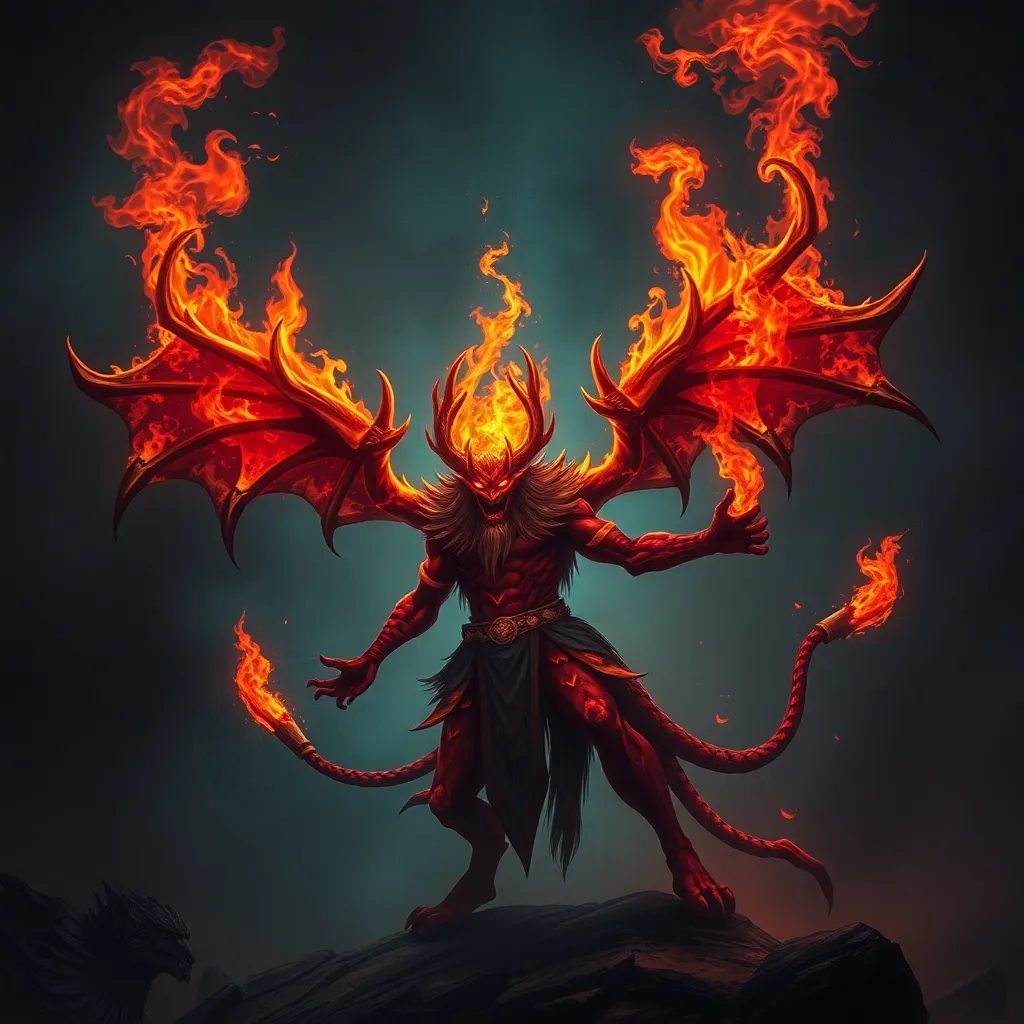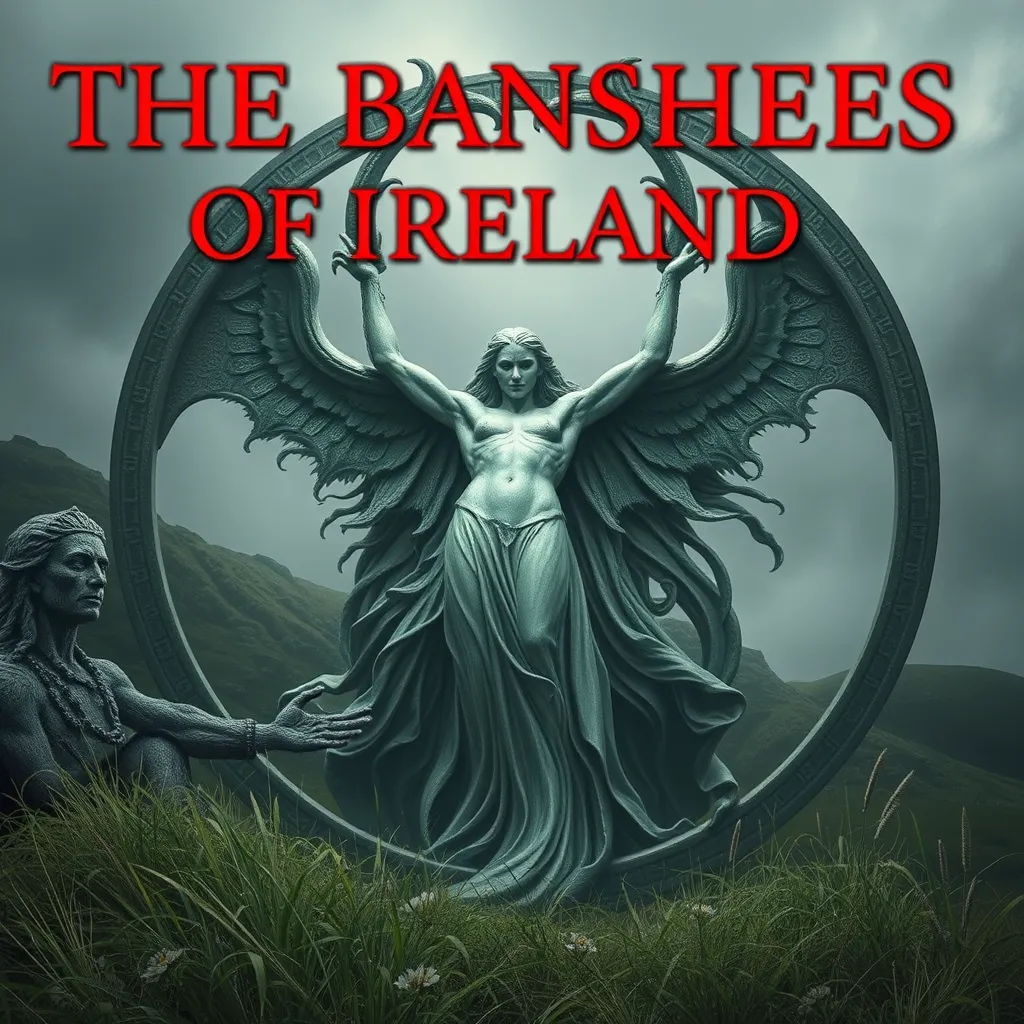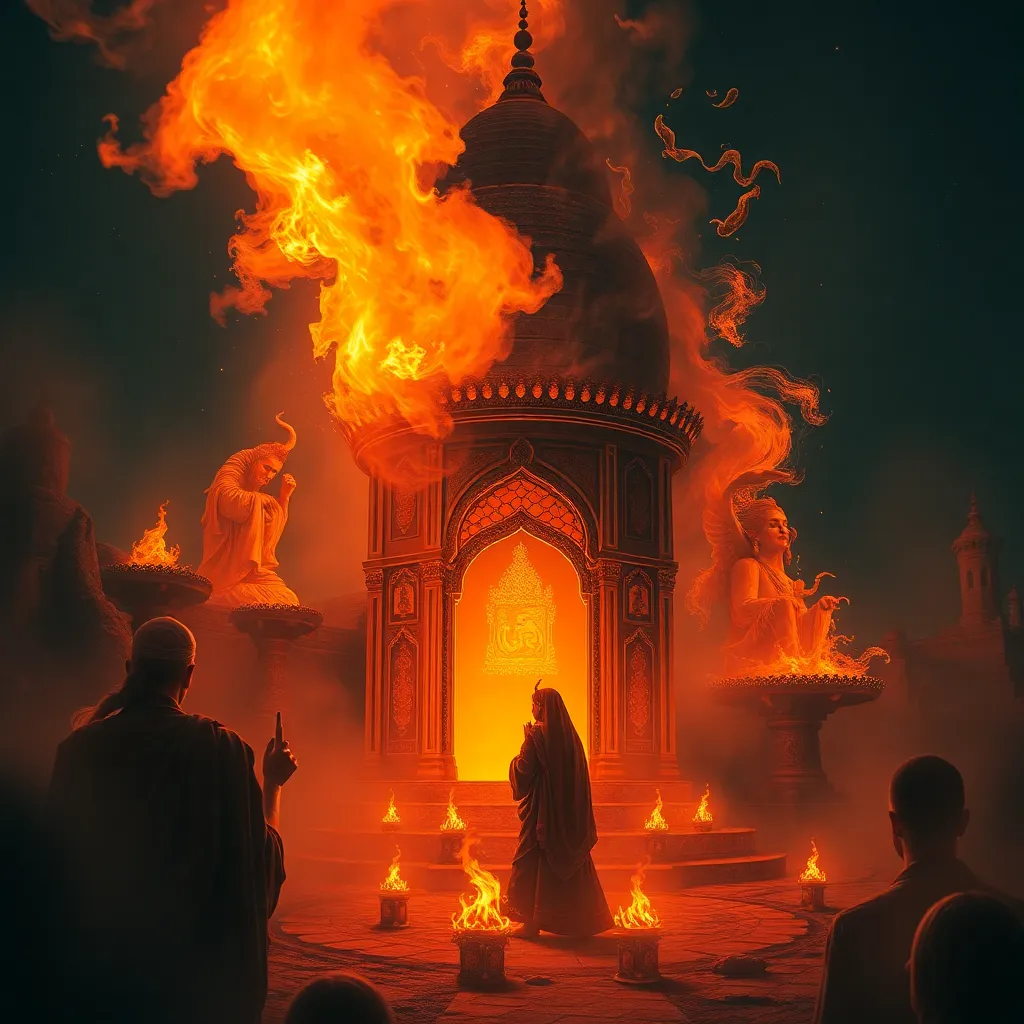The Banshee’s Cultural Impact: From Tradition to Tourism
I. Introduction
The Banshee, a captivating figure in Irish folklore, is often described as a female spirit whose mournful wail heralds the death of a family member. Traditionally, she is seen as a harbinger of doom, tied deeply to the ancestral lineage and the ways in which communities mourn their losses. The Banshee’s significance extends beyond mere superstition; she embodies a rich tapestry of cultural traditions and beliefs that resonate with the Irish identity.
This article aims to explore the evolution of the Banshee from her roots in folklore to her modern representation in tourism, illustrating how this mythical figure has transcended her original context to become a symbol of Irish heritage globally.
II. Historical Origins of the Banshee
The origins of the Banshee can be traced back to ancient Irish mythology, where she is often associated with the Tuatha Dé Danann, a mythological race of deities. The Banshee is said to appear before the death of a family member, often linked to a specific lineage, which emphasizes her role in the ancestral line.
Throughout Ireland, particularly in rural areas, historical accounts of the Banshee vary significantly:
- In some regions, she is depicted as a beautiful woman with long hair, while in others, she is described as an old hag.
- Her wail, known as ‘caoineadh’, is seen as a lament, a ritualistic expression of grief.
- The Banshee is also connected to specific families, with certain clans believing that their Banshee is a guardian of their lineage.
This connection to ancestral lineage and mourning practices highlights the Banshee’s role in the fabric of Irish culture, serving as a reminder of the importance of family and the customs surrounding death.
III. The Banshee in Folklore and Literature
The Banshee has made significant appearances in various forms of Irish literature and poetry. Her presence in these narratives often evokes themes of loss, longing, and the supernatural.
Key elements of her depiction include:
- In poetry, the Banshee is often romanticized, reflecting both beauty and sorrow.
- Folklore tales frequently depict her as a protector of the family, watching over their descendants.
- Storytelling traditions have preserved her image, ensuring that her story is passed down through generations.
Globally, the Banshee finds parallels in similar figures, such as the La Llorona in Latin American folklore and the wailing women in various cultures, showcasing a universal theme of mourning and loss.
IV. The Banshee in Popular Culture
In recent decades, the Banshee has been represented in a variety of media, including films, television shows, and music. This representation has significantly shaped public perception of her character.
Some notable examples include:
- Films that feature the Banshee as a central figure in horror narratives, often amplifying her supernatural abilities.
- Television series that depict modern interpretations of her story, blending folklore with contemporary themes.
- Musical compositions that incorporate traditional Irish melodies associated with the Banshee, further embedding her in popular culture.
This transition into popular culture has sparked a renewed interest in the Banshee, allowing her myth to evolve while raising awareness of her origins and significance.
V. Transition to Tourism
The rise of cultural tourism in Ireland has positioned the Banshee as a prominent symbol of Irish heritage. As tourists seek authentic experiences, the Banshee’s story has become a central theme in various attractions.
Some factors contributing to this transition include:
- Increased interest in folklore as a means of understanding cultural identity.
- Tourist attractions that offer guided tours exploring Banshee-related sites and stories.
- Merchandising of Banshee-themed souvenirs, which blend tradition with commerce.
Case studies of tourist attractions related to Banshee folklore include guided ghost tours in places like Dublin and folklore-themed events in rural areas, showcasing how her narrative has been woven into the fabric of Irish tourism.
VI. The Banshee’s Role in Modern Festivals and Events
Festivals celebrating Irish culture often include the Banshee, highlighting her role in folklore and community engagement. These events serve as a platform for preserving traditions while promoting tourism.
Key aspects include:
- Festivals that feature storytelling sessions focusing on the Banshee’s myths and legends.
- Performances that integrate music and dance inspired by her tales, enriching the cultural experience for attendees.
- Community engagement initiatives that encourage local participation, fostering a sense of pride in heritage.
Through these events, the Banshee contributes to the preservation of Irish folklore and traditions, allowing communities to connect with their roots while attracting visitors.
VII. Critiques and Controversies
Despite the positive aspects of the Banshee’s commercialization, there are critiques regarding the implications of folklore being commercialized for tourism.
Key concerns include:
- The potential loss of authenticity as folklore is adapted for tourist consumption.
- Balancing the preservation of cultural heritage with the demands of the tourism industry.
- Perspectives from local communities, who may feel that their traditions are being exploited rather than celebrated.
These controversies highlight the need for respectful engagement with culture and the importance of involving local voices in the promotion of their heritage.
VIII. Conclusion
In summary, the Banshee’s cultural impact is profound, reflecting the complexities of Irish heritage and the evolution of folklore in a modern context. From her roots in ancient mythology to her role in contemporary tourism, the Banshee embodies both the beauty and sorrow of the human experience.
As we look to the future, it is crucial to consider how the Banshee can be preserved as a cultural icon while adapting to the changing landscape of tourism. The challenge lies in maintaining the integrity of folklore amidst commercialization, ensuring that future generations can appreciate the rich traditions that the Banshee represents.
Ultimately, the Banshee serves as a reminder of the power of storytelling and the enduring nature of cultural identity, urging us to reflect on the past while embracing the present.



